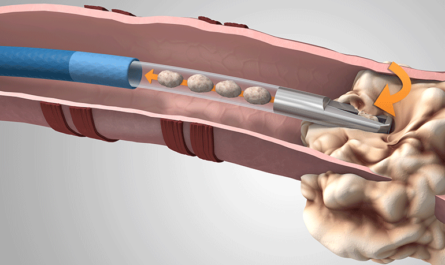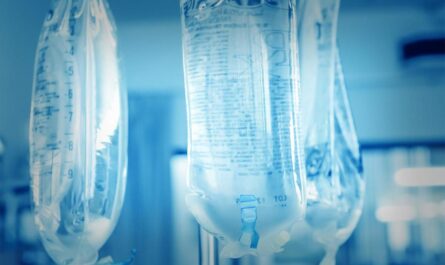Sample collection
The first and most important step in any sample preparation process is collecting a representative sample. Whether analyzing solids, liquids, gases or biological samples, it is crucial to obtain material that accurately reflects the overall population being tested. For solids like minerals, soils or manufactured items, collection involves separating a small quantity using tools like scoops, spoons or drills without contaminating or altering the sample. Liquids require syringes, pipettes or pumps to collect volumes safely. Gases necessitate specialized canisters that can seal the sample without leaks or contamination during transport. Living tissues call for sterile swabbing or extraction tools to avoid degradation prior to analysis. Proper sampling techniques help ensure results truly characterize what is being examined.
Drying and grinding
Many analytical methods require samples in a powdered or dried form to facilitate further processing. Wet, aggregate materials must undergo drying, cmmonly using warm air ovens. Temperatures and drying times vary by the type and quantity of sample, avoiding excessive heat that could alter properties. Once dried, physical or chemical tests may call for size reduction through grinding or milling. Common grinding tools include mortar and pestle sets, ball mills and vibratory disc mills. The selected instrument should homogeneously reduce particle size while avoiding contamination from wear of processing equipment. Sample Preparation like minerals may need to reach specific mesh sizes to continue preparation steps or for certain characterization work like X-ray diffraction. Homogenous, contaminant-free powders provide more consistent results.
Sample Preparation
Extracting analytes into liquid solutions forms the basis of countless analytical methods including spectroscopy, chromatography and titration. Solubilization success relies on proper selection and preparation of solvent systems tailored to sample chemistry. Common steps involve weighing solids, adding specific volumes of solvent, mixing via sonication, stirring or shaking, then allowing solids to fully dissolve over time. Filtration or centrifugation separates undissolved residues. For some biological or polymeric samples, acidic or basic solvents and elevated temperatures aid dissolution. Dilutions to desired concentrations also impact measurement outcomes, requiring calibrated pipettes and volumetric glassware. Proper solubilization delivers analytes into forms readily detectable by analytical instruments.
Separation and purification
Complex sample matrices containing multiple chemical components can interfere with targeted analysis. Sample preparation therefore often includes separation and purification protocols to isolate the analyte(s) of interest. Common techniques range from liquid-liquid extractions to distillation, recrystallization, chromatography and precipitation. Choice depends on sample type as well as compatibility with downstream analysis. Separations may target removing impurities, concentrating analytes, changing solvent systems or segregating different compounds. Careful method development and validation helps achieve high purity, recovery and reproducibility critical for meaningful results. Purified, well-characterized samples streamline subsequent measurement and quantification steps.
Derivatization
When native forms of analytes fail to interact favorably with analytical instruments, derivatization chemically modifies functional groups to enhance detection. Common goals involve improving volatility, changing UV-visible absorption, changing mass, adding fluorescent tags and stabilizing molecules. Reagents selectively react at functionalities like amines, hydroxyls, carboxylic acids or aromatics. Reaction conditions involve controlled temperature, time and solvent parameters. Workup purifies resulting derivatives to high purity. Derivatization expands the repertoire of analyzable compounds and increases sensitivity of techniques like gas chromatography-mass spectrometry and fluorescence detection. Well-optimized methods reproducibly tag target analytes for enhanced measurement.
Standardization and quantification
Calibrating analytical instruments requires reference standards of known concentration and composition to quantify sample components. Preparing calibration standards entails serial dilution of reference materials or spiking known amounts of pure compounds into diluted sample matrices. Equal volumes deliver consistent concentrations across multiple levels for calibration curves. Standard addition techniques introduce increasing amounts of analyte directly into sample aliquots helping correct for matrix effects. Well-prepared standards provide an accurate basis for qualitative identification and quantitative measurement of analytes in real samples. Careful documentation of standard origin, expiration, storage conditions and preparation details ensures traceability and reproducibility of quantitative results.
Sample preparation lays the foundation for obtaining meaningful analytical data through representative collection, physical processing, chemical manipulation and standardization steps tailored for each unique analysis. Proper development and validation of preparation methods helps achieve fitness for purpose across varied sample types and analytical techniques.



